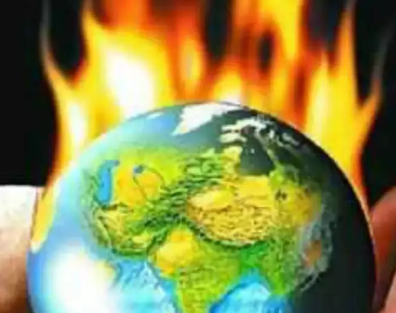Impact of global warming on El-Nino
El-Nino disturbs the atmospheric conditions across the world. El-Nino occurs every two-to-seven years with very strong El Niño’s occurring about every 15 years results in droughts, floods, wildfires, dust and snow storms, fish kill, and even elevated risks of civil conflicts.
The El-Nino is measured by studying the averages sea surface temperature anomalies over the central-eastern tropical Pacific. A study which analyses the impact of global warming on El-Nino has been published in the journal Nature in December 2018.
Findings of the Study
The important findings of the study are:
- The study serves a warning to the countries on all continents that suffer from these extreme weather events during strong El Niño events such as the ones during 1982-83, 1997-98 and 2015-16.
- The study notes that eagerly-awaited winter rain and snow storms over California did not occur during the latest extreme El Nino. Hence it is unclear whether global warming is already affecting El Nino and its remote impacts.
- The study argues that it is unclear if the impact of global warming on El Nino can easily be extracted considering its intrinsic tendencies and its dependency on so many factors that are not easily predictable.
The study concludes that various models to study El-Nino deliver a slightly different rendition of El Niño compared to nature. Hence it is imperative that models be held to very stringent standards on their performance of El Niño behaviour during historic periods, especially the 20th century, as a test of their reliability for future projections. As a result it is difficult to conclude how reliably the models can project El Niño response to global warming in addition to how the models perform in reproducing floods and droughts of 20th century.
Month: Current Affairs - January, 2019


